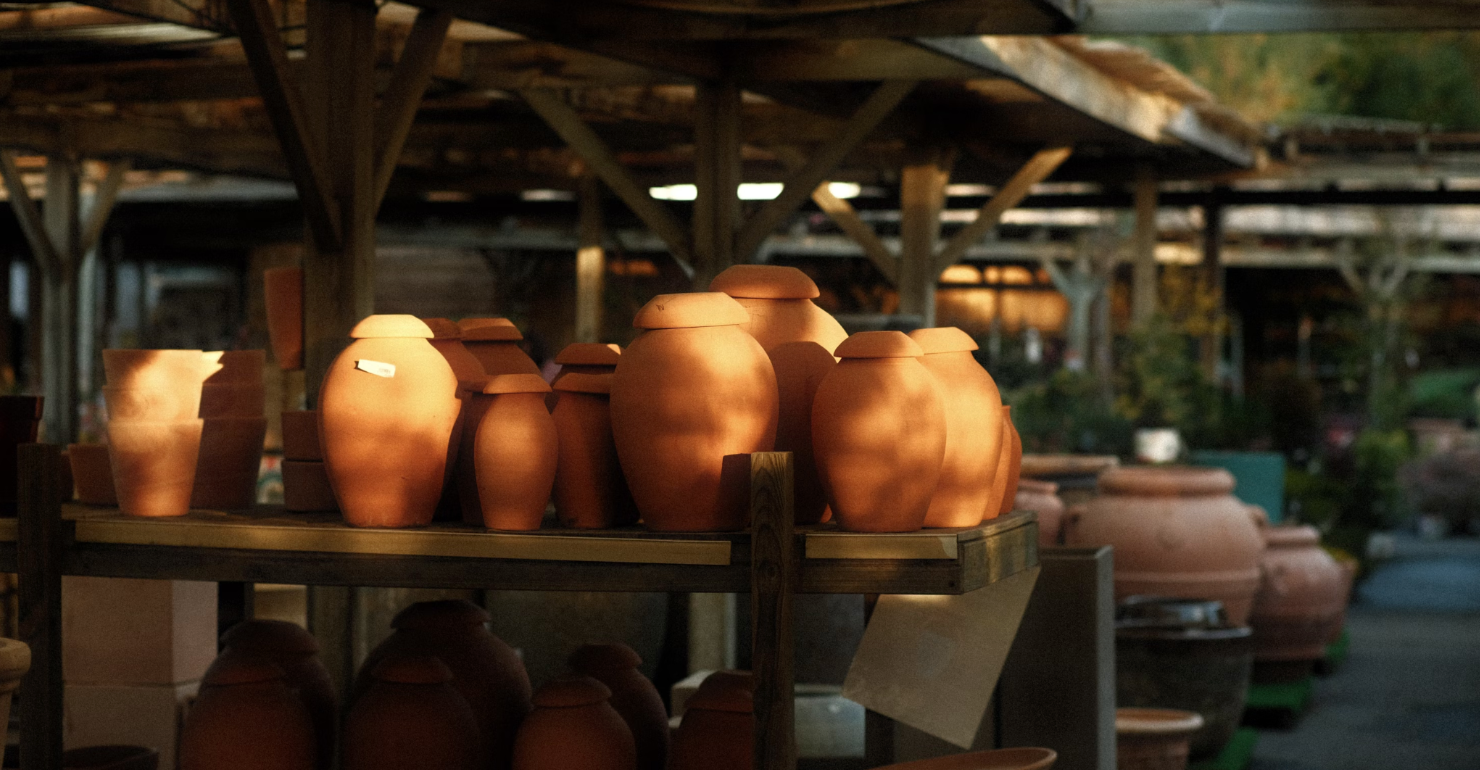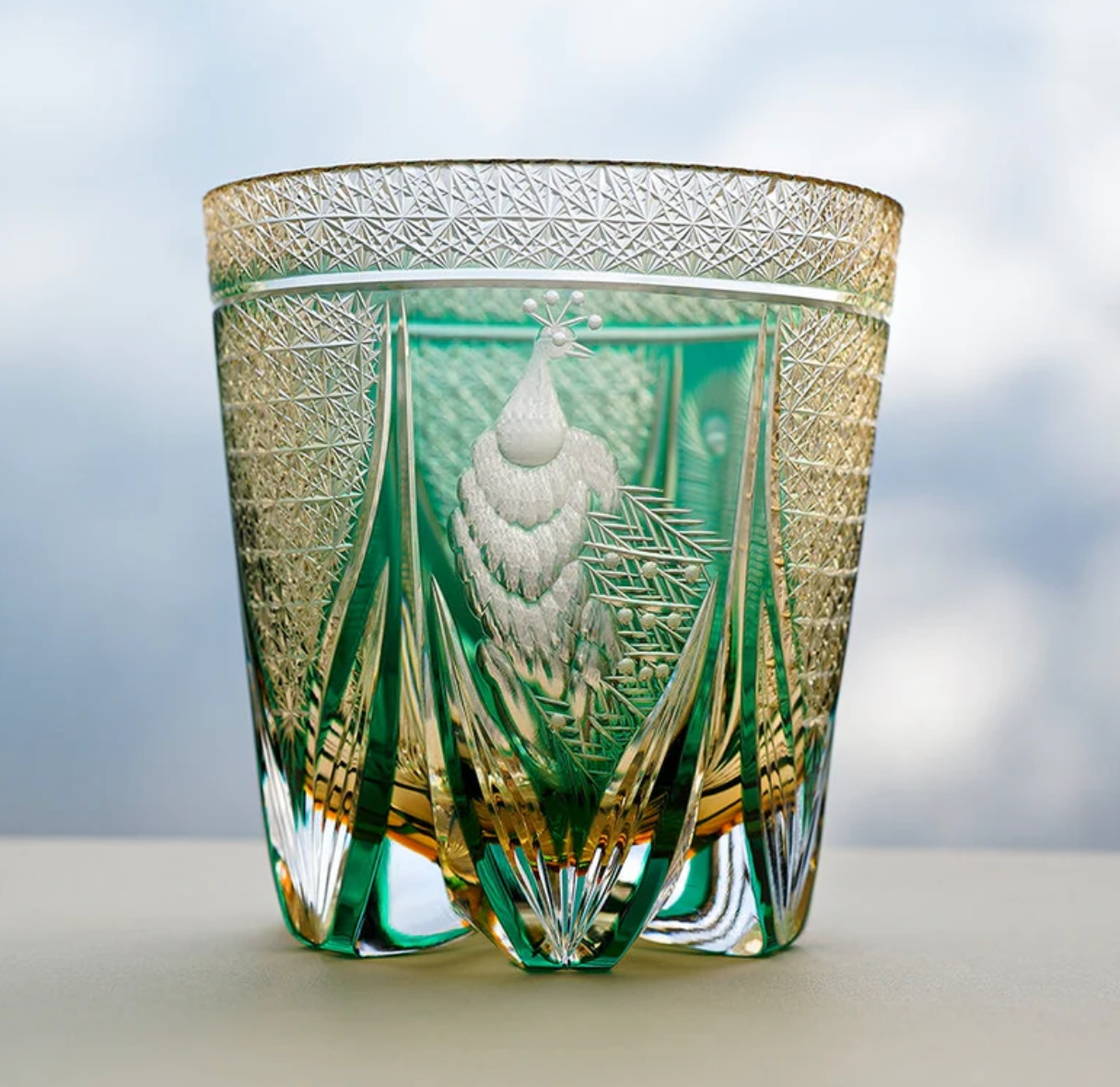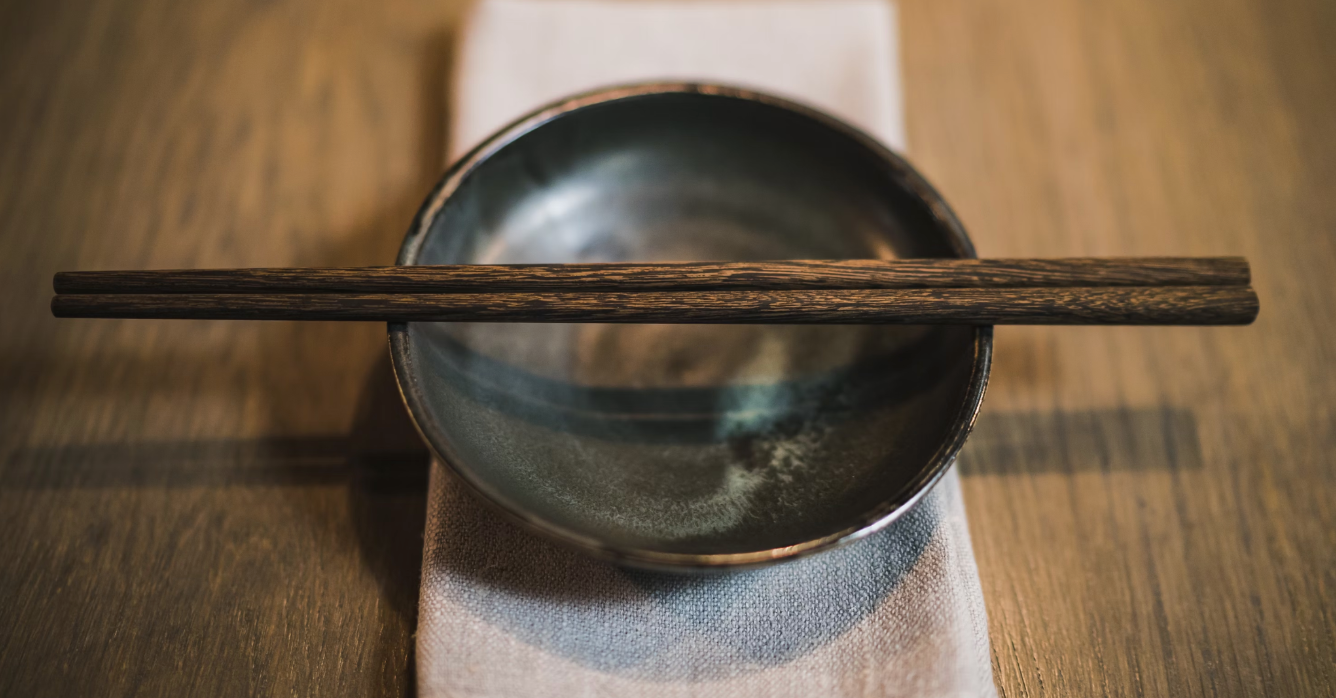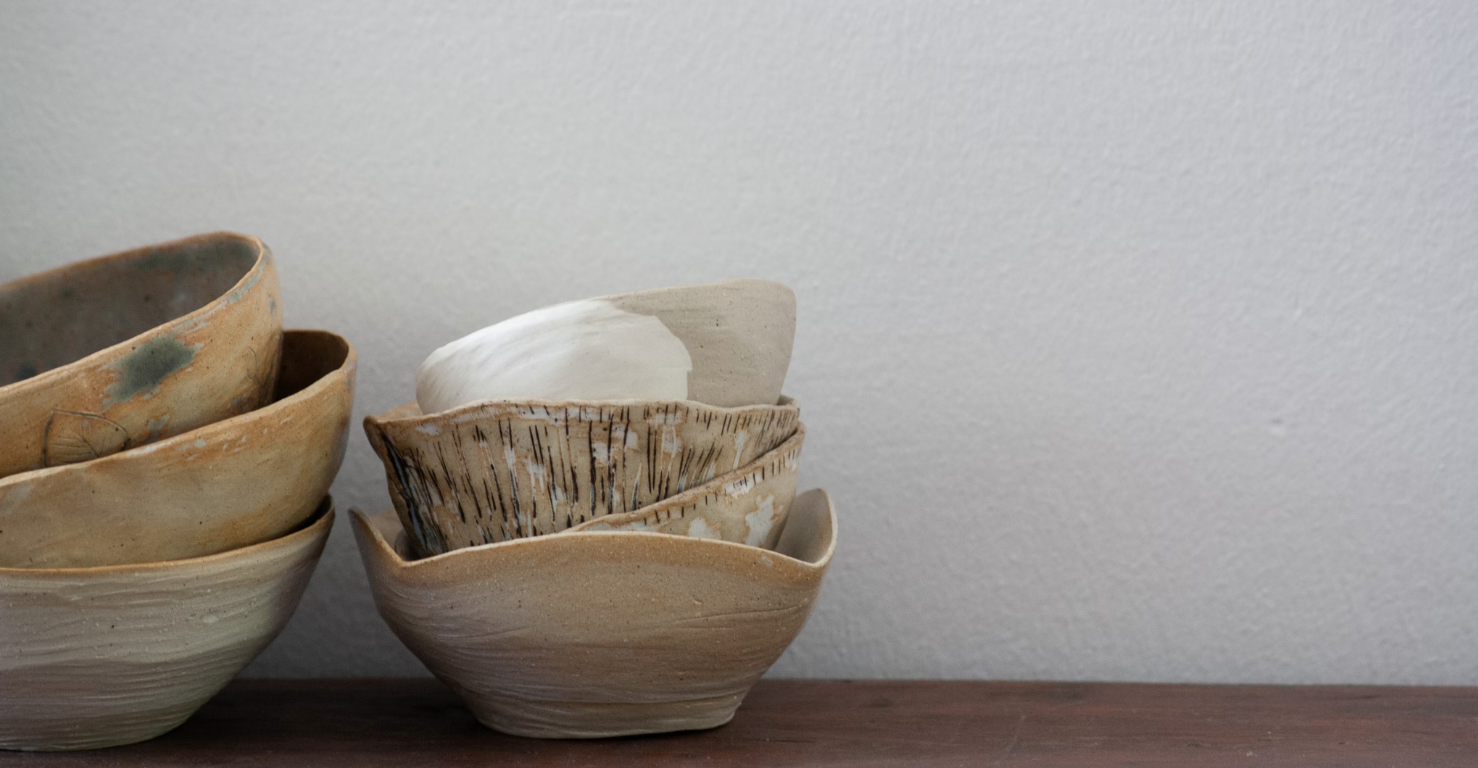
The Six Ancient Kilns of Japan: A Connoisseur's Guide to Timeless Pottery
Embark on a profound journey through the very soul of Japanese craftsmanship – an exploration into the Six Ancient Kilns (Rokuyō). These venerable sites, born from the earth and forged by fire, represent the foundational pillars of Japanese ceramic art, each a testament to centuries of unwavering dedication (Takumi), innovative spirit, and profound aesthetic sensibility. For the discerning collector and connoisseur of fine Asian artistry, understanding these origins is not merely academic; it is to grasp the very essence of authentic Japanese pottery. At Oriental Artisan, we celebrate this legacy, offering you the opportunity to bring a piece of this extraordinary heritage into your world.
These six sites – Seto, Tokoname, Echizen, Shigaraki, Tamba, and Bizen – flourished from the Heian to the Muromachi periods (794-1573 AD), their distinctive styles shaping the landscape of Japanese ceramics and influencing countless subsequent traditions. They embody the profound connection between nature, skill, and the pursuit of Wabi-Sabi (侘寂) beauty.
1. Seto Ware (瀬戸焼): The Origin of Glazed Elegance
Located in Aichi Prefecture, Seto holds a singular distinction: it is the birthplace of glazed ceramics (yuyaku) in Japan. So pervasive was its influence that the very word for pottery in Japanese, "Seto-mono (瀬戸物)," literally translates to "Seto things." From its early ash-glazed wares to the later vibrant Seto-guro (black Seto) and Ki-Seto (yellow Seto), Seto ware encapsulates an incredible diversity. These pieces range from robust everyday tableware to exquisite tea ceremony utensils (chawan). The natural earth tones and controlled glazes of Seto ware offer a timeless sophistication, making it an ideal choice for a luxury dinnerware set or a refined sake cup.
2. Tokoname Ware (常滑焼): The Red Clay Legacy
Hailing from Tokoname City in Aichi Prefecture, Tokoname ware is immediately recognizable by its distinctive red clay (shu-doro) and its often unglazed, fired finish. This particular clay, rich in iron, turns a striking reddish-brown when fired at high temperatures, creating a beautifully earthy and robust character. Tokoname teapots (kyūsu) are particularly renowned globally for their ability to enhance the flavor of green tea, a secret cherished by tea connoisseurs. Beyond teapots, Tokoname also produced large storage jars (tsubo) and architectural ceramics. Owning a Tokoname kyūsu from Oriental Artisan is to possess a piece of functional art revered for its purity and enduring utility.
3. Echizen Ware (越前焼): Rustic Charm, Enduring Strength
Nestled in Fukui Prefecture, Echizen ware is celebrated for its unpretentious beauty and remarkable strength. Utilizing local iron-rich clay, these ceramics are traditionally fired in anagama kilns at extremely high temperatures, resulting in natural ash glazes (shizen-yu) and captivating kiln marks that speak to the raw power of the firing process. Primarily producing durable storage jars, everyday bowls, and vases, Echizen pieces embody a rustic elegance. Their robust nature makes them perfect for artisanal kitchenware or minimalist home decor that celebrates natural textures and forms, reflecting a deep appreciation for the unadorned beauty of clay.
4. Shigaraki Ware (信楽焼): The Spirit of Wabi-Sabi
From Shigaraki Town in Shiga Prefecture, Shigaraki ware profoundly embodies the Wabi-Sabi aesthetic. Its characteristic coarse, often speckled clay reveals traces of feldspar and iron, which oxidize during firing to create unique reddish-brown and grayish textures. The spontaneous ash glazes and "scorched" surfaces are highly prized, reflecting a beauty derived from accidental effects and natural processes. Beyond tea ceremony bowls, Shigaraki is famous for its large garden ornaments (tanuki statues), vases, and architectural tiles. A Shigaraki vase from Oriental Artisan is not merely an object; it is a meditation on natural beauty and soulful imperfection, an exquisite decorative ceramic that elevates any space.
5. Tamba Ware (丹波焼): Earthy Warmth, Timeless Tradition
Located in Hyogo Prefecture, Tamba ware (also known as Tachikui ware) has a history stretching back 800 years. Its ceramics are characterized by their warm, earthy tones derived from the local clay and a rich array of natural ash glazes that accumulate unevenly during prolonged wood firing. Early Tamba pieces were robust storage jars and grinding mortars, while later developments saw the introduction of iron-glazes and climbing kilns. The rustic simplicity and inherent warmth of Tamba pottery make it ideal for traditional Japanese tableware and collectible pottery that resonates with a sense of enduring history and genuine craftsmanship.
6. Bizen Ware (備前焼): The Unveiled Clay, Unparalleled Fire
Originating from Okayama Prefecture, Bizen ware stands as a testament to unglazed pottery. Its unique character stems from a distinctive iron-rich clay and an extraordinary, prolonged wood-firing process that can last up to two weeks in noborigama (climbing kilns). No glaze is applied; instead, the beauty emerges from the interaction of flame, ash, and clay, creating natural patterns like goma (sesame seed) ash spots, hidasuki (scarlet cord marks), and subtle shading. Each Bizen piece is entirely unique, a direct fingerprint of the kiln. Highly prized for sake cups (guinomi), vases, and tea ceremony utensils, Bizen ware offers a raw, powerful elegance that speaks directly to the soul of the clay. An authentic Bizen guinomi from Oriental Artisan is a truly collectible ceramic, a tactile experience for the discerning connoisseur.
The Enduring Legacy: Why These Ancient Kilns Still Captivate
The Six Ancient Kilns are more than historical relics; they are living traditions, meticulously preserved by generations of master potters. Their enduring appeal lies in the profound connection they offer to the earth, the mastery of fire, and the human spirit's unwavering pursuit of beauty. Each piece tells a story of its origin, its clay, and the hand that shaped it, making it a unique statement of artisanal excellence.
At Oriental Artisan, we believe that true luxury lies in authenticity and unparalleled craftsmanship. Our curated collection brings the legacy of these extraordinary kilns directly to your home, offering you not just ceramics, but pieces of living history. From the refined elegance of Seto dinnerware to the rustic charm of Echizen vases, the earthy depths of Tamba bowls, the wabi-sabi spirit of Shigaraki, the famed utility of Tokoname teapots, and the raw power of Bizen sake cups, our selection is meticulously sourced to bring you only the finest.
Elevate your collection. Discover the timeless beauty and profound heritage of the Six Ancient Kilns of Japan at Oriental Artisan today. Your journey into authentic Japanese artistry begins here.




Leave a comment
This site is protected by hCaptcha and the hCaptcha Privacy Policy and Terms of Service apply.